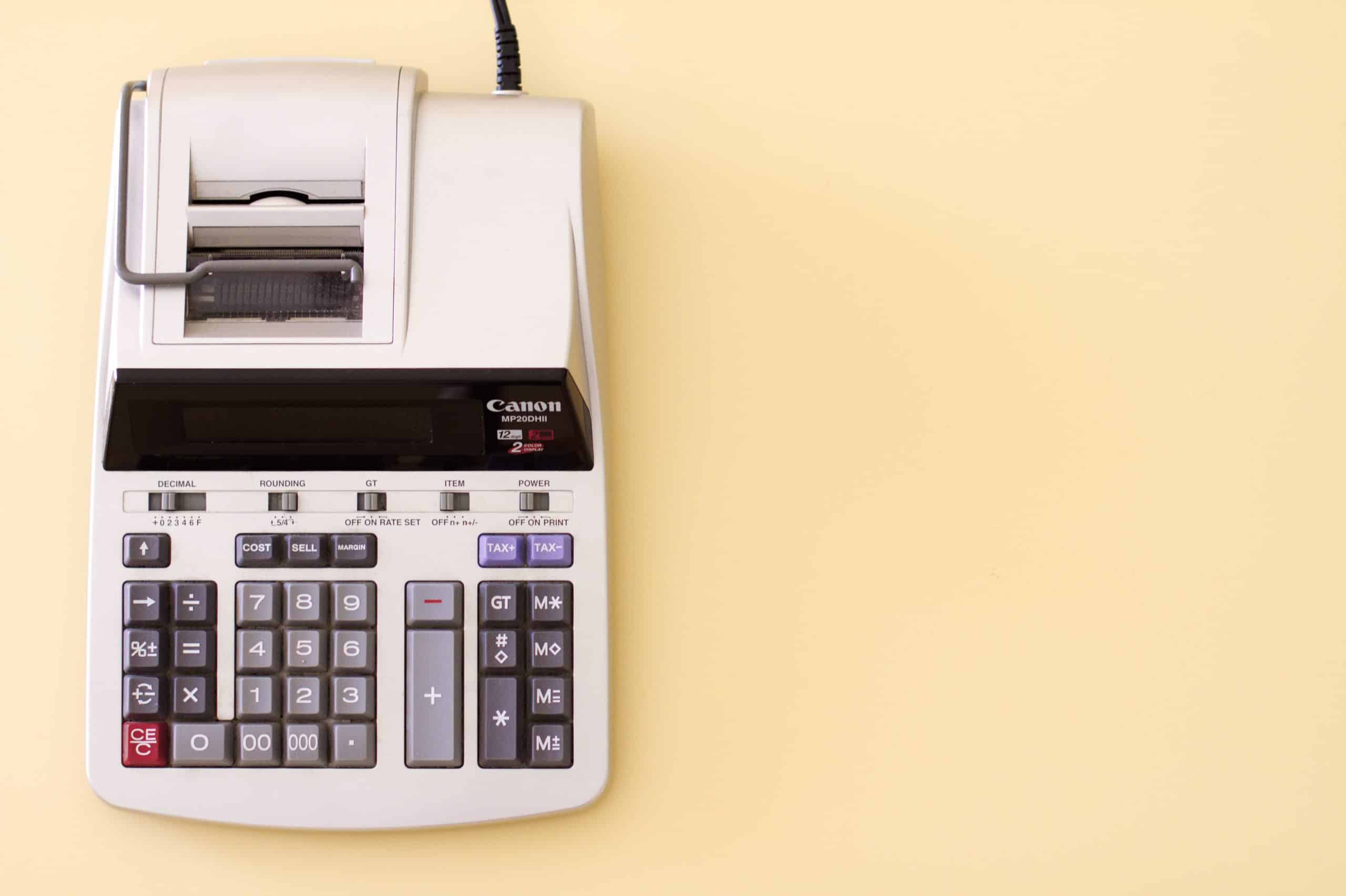2022 Sales Tax Update for WooCommerce Store Owners

If there’s one common source of confusion among WooCommerce and other ecommerce store owners, it’s sales taxes and how to approach them correctly.
Sales taxes are complex because they work differently depending on the rules of where you sell from or who you sell to. In the US, there are state-based sales taxes as well as localized taxes within different counties. When your store is capable of selling to anyone, anywhere, complying with sales tax rules can be a headache.
Like many other things, sales taxes were also impacted by the pandemic. Suddenly, people’s shopping habits changed and more and more transactions were completed online. This left various state and local treasurers chasing the proceeds of sales tax and implementing changes to secure their piece of the pie.
What do store owners need to know? We’ve condensed a few key points in this update for 2022:
When do you need to pay sales tax?
The answer to this gets complex when you dig more into the various state rules, but to put it simply, you’re required to pay sales taxes wherever your business meets the threshold for an economic or physical nexus. This just means that you have sufficient connections with the jurisdiction to meet the requirements to pay sales tax.
Those thresholds differ with each jurisdiction, which is where things can get quite challenging for ecommerce stores. Some retailers fall afoul of these laws without realizing it.
Up until 2018, nexus generally required physical presence in a state (including things like offices, or even warehouses to store products). The Supreme Court changed this in the case of South Dakota v. Wayfair Inc. South Dakota now requires ecommerce retailers to collect sales tax if the retailer has $100,000 in sales or 200 transactions in the state over the preceding year.
As a result of this, more states are making the move to enact similar laws. What does this mean for WooCommerce store owners? You may find that you now have nexus in more states than you did previously, and are therefore required to collect taxes.
For every state where you do have a nexus, you’re required to charge and collect sales tax from your customers within the state, then remit those taxes to the revenue departments of each state.

What has changed in the US?
One thing that has changed is that it’s a lot more difficult to get away with not collecting and remitting taxes where you have a nexus. The digitalization of transactions, invoicing and reporting gives governments everywhere direct access to the information they need to enforce sales taxes.
In some states, including New York, whistleblower lawsuits have made it profitable for attorneys to go after businesses that are non-compliant. It’s an environment where you need to do your best to ensure you meet sales tax requirements, or you could face stiff penalties.
Another consideration is that states are keen to come for the tax revenue generated via ecommerce because the pandemic saw huge changes to how people shop. TechCrunch estimates that the pandemic accelerated a shift from shopping in physical stores to shopping online by roughly five years. This means the local brick-and-mortar businesses that typically top up state tax coffers haven’t been collecting as much, at least not via in-store sales. States need ecommerce tax revenue to make up for this.
Tax nexus can become quite blurry when you consider another impact of the pandemic – the massive shift to remote work. In 2022, roughly 60% of workers who say their jobs can be done largely from home are working from home all or most of the time. What exactly does this mean for ecommerce businesses? Where you have employees working remotely, their state could claim that you have a nexus via physical presence. In practice, some states have opted not to enforce nexus for remote workers, however, many of those policies are expiring. With working from home being a “new normal” for many digital-based companies, it is expected that states won’t be so lenient anymore on nexus.
What has changed internationally?
There have been pushes from governments across the world to regulate and tax cross-border ecommerce. In the post-Brexit UK, HM Treasury is actively exploring online sales tax. They already overhauled VAT (Value Added Tax) for ecommerce in 2021. This was partly to remove tax loopholes that put UK-based sellers at a disadvantage compared to cross-border sellers.
The new VAT rules along with anticipated UK-wide sales tax rules add complexity for ecommerce store owners. You’re required to collect and remit taxes correctly or you could be subject to penalties.
The EU has also made moves to tighten up on ecommerce VAT requirements. Tax fraud has been a significant issue, with many imports deliberately undervalued to avoid duty and tax. They estimate the “VAT Gap” was €134 billion in 2019. Online sellers must navigate a sweeping reform package that came into effect in July 2021. The EU has set up “One-Stop-Shops,” electronic VAT portals that aim to help simplify compliance requirements.
The big players in the ecommerce world (particularly those with more than €750 million in revenue) will be subject to the global minimum tax, agreed upon by 136 countries and proposed as a way to ensure fairer profit distribution by the OECD. Those large online companies are set to pay a minimum tax rate of 15% beginning in 2023. It is anticipated that this will also reduce competition among governments, many of whom offer tax breaks to encourage multinationals to set up on their shores.
If there’s one big takeaway on sales taxes in the international arena, it’s that they’re varied and complex, but more countries are cracking down on them. Selling offshore might make sense for your business, but always do your homework in terms of tax obligations.

How can WooCommerce owners automate sales tax collection?
Between different rules for states in the US and varying requirements internationally, collecting sales taxes can be a huge headache for any ecommerce store owner. You need a decent solution in your checkout that will ensure you collect the right taxes for each transaction.
Fortunately, WooCommerce store owners can cut through the sales tax complexity with an automated plugin to take care of collecting tax. Some examples include:
- Taxjar – This popular plugin automates sales tax calculation and covers more than 14,000 jurisdictions. They’ve also enabled automated return filing to make your job even easier.
- WooCommerce AvaTax – This popular tax solution is Avalera’s answer for WooCommerce. It will automatically pull tax rates based on the location of the customer as well as your store’s base location. They also offer a free sales tax risk assessment to help determine the nexus created by your business. Support for tax filing and returns is also available.
- Quaderno – This sales tax plugin automates your tax calculations and is compliant with locations such as Canada, Australia, the EU and US. There’s no need to upload separate tax rates for different locations as it will calculate based on customer location.
Conclusion
Sales taxes can be a complex issue for ecommerce store owners, but it’s important to stay on top of your obligations. The environment of the last couple of years has led to more rules around nexus for online stores and greater efforts to enforce sales tax requirements.
WooCommerce store owners can comply with the many different requirements across locations by using a good plugin to automatically take care of sales tax. Manual calculations are a headache and can lead to under or overcharging – you need to make sure you collect the right amount!
Finally, CheckoutWC is here to help ensure your WooCommerce store presents an optimized shopping cart to your customers. They may need to pay sales tax, but they should still have a streamlined shopping cart that is designed to encourage them to finish checkout.
The simplicity of Shopify with the power of WooCommerce. Replace your WooCommerce checkout page with CheckoutWC to boost sales and reduce cart abandonment.